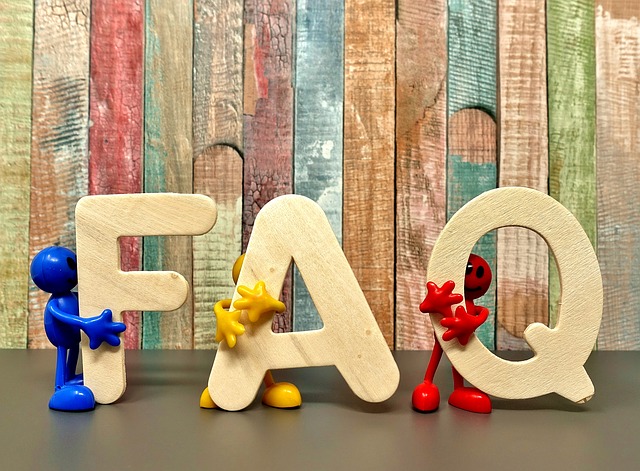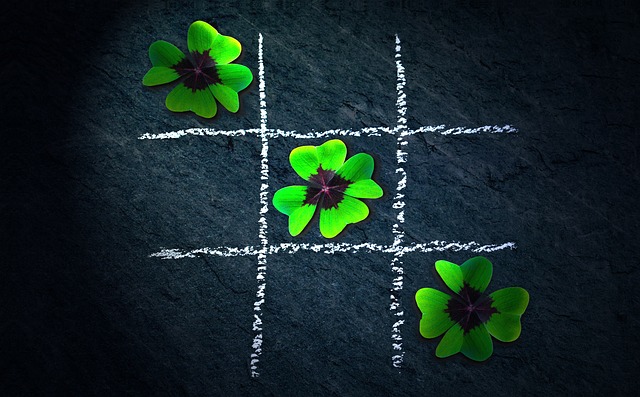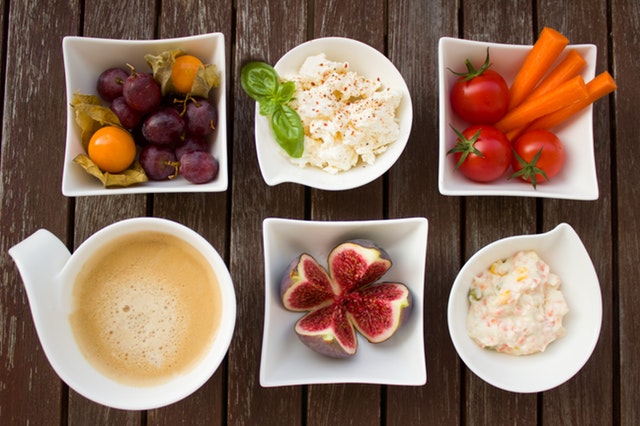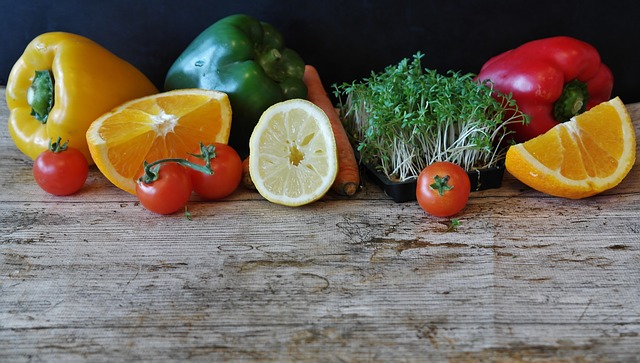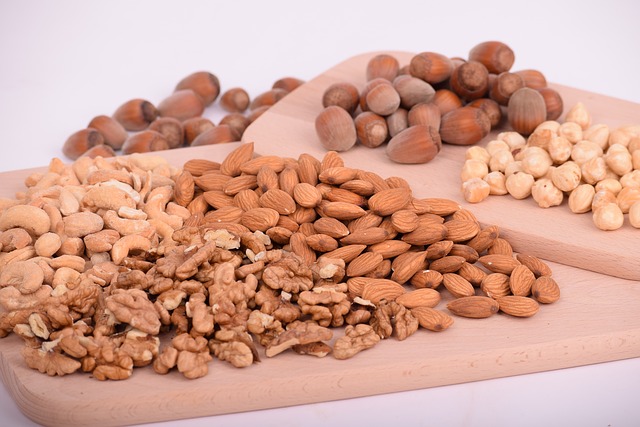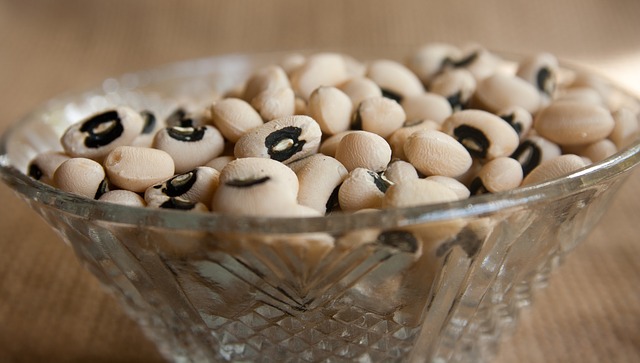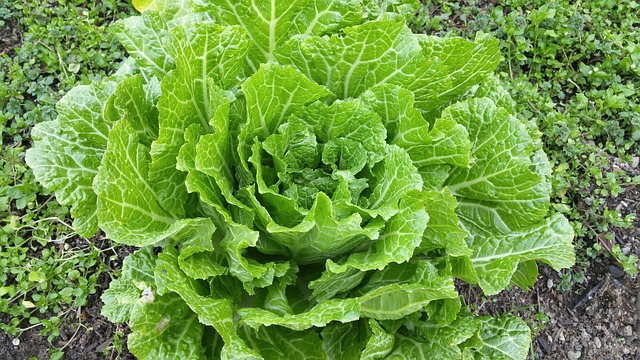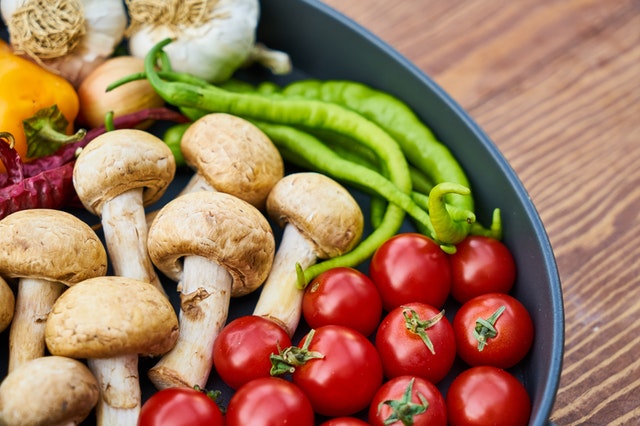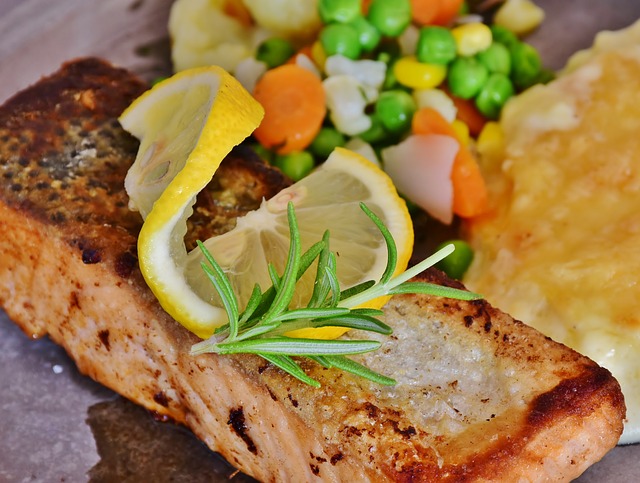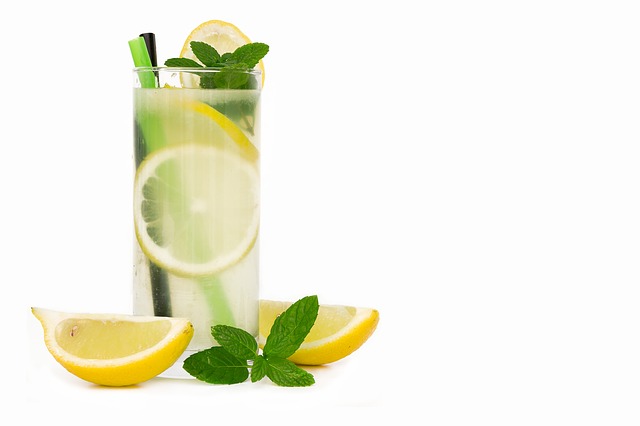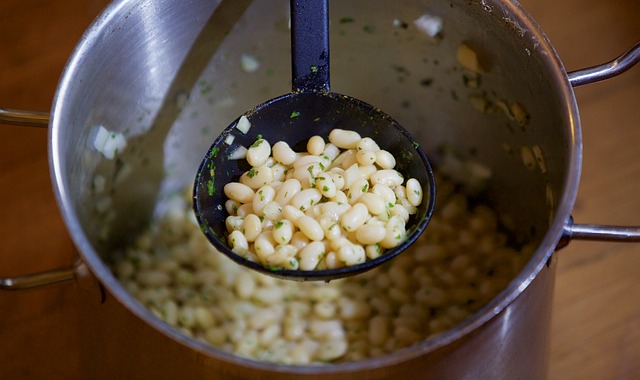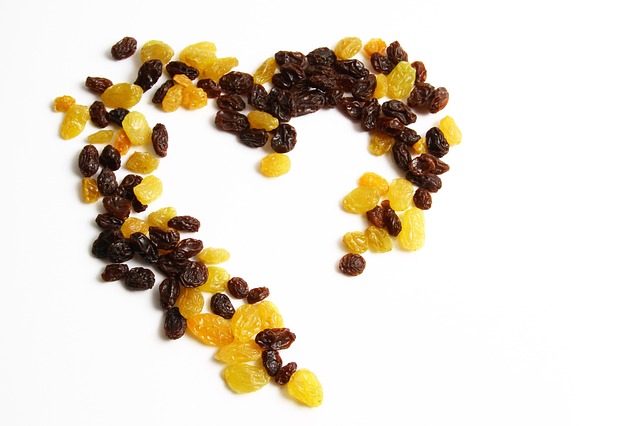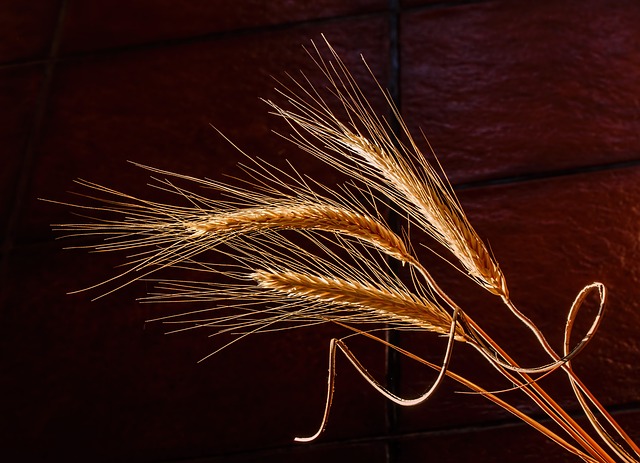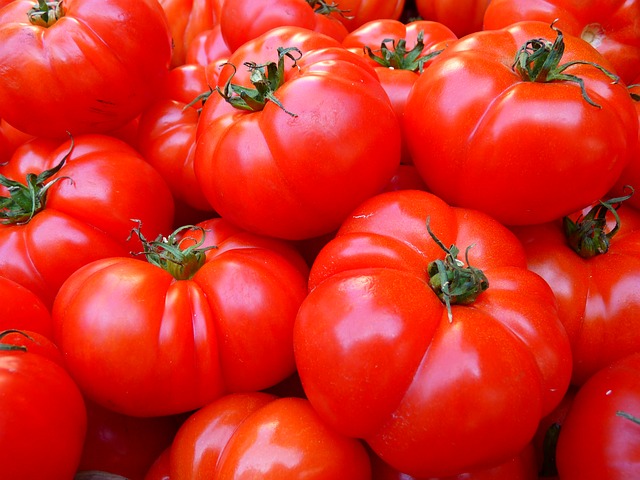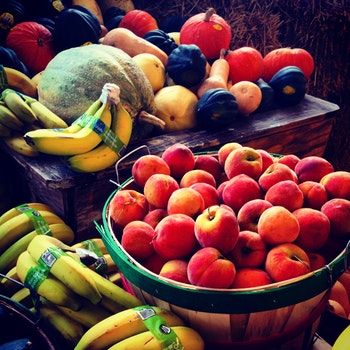Planning Pregnancy
Hoping to get Pregnant can be exciting, but may also be associated with issues and apprehensions.
Let’s try to find how to plan pregnancy in a better way.

Pregnancy & Nutrition Tips by Famhealth
Pregnancy & Nutrition Tips Pregnancy, the happy stage of a...
Antenatal Classes
Antenatal Classes (Parent craft classes) With the advancement in technology, there...
Thinking About Pregnancy by Famhealth
Thinking About Pregnancy Thinking About Pregnancy by Famhealth Having a...
Stages of Pregnancy
Pregnancy lasts for forty weeks. Here is a list of month wise journey which can help you understand
yourself and your baby in a better way.

The Fifth Month of pregnancy by Famhealth
The Fifth Month of pregnancy The Fifth Month of pregnancy...
The Seventh Month by Famhealth
The Seventh Month The Seventh Month of Pregnancy With just...
The Fourth Month of Pregnancy
The Fourth Month of Pregnancy Physical Changes Moles and freckles...
Pregnancy and Issues
Pregnancy can spurt various health conditions. Let’s try to understand few of them and how to combat.

Common Complaints during Pregnancy
Common Complaints during Pregnancy Though the body adapts beautifully to...
Special Care during Pregnancy by Famhealth
Special Care during Pregnancy There are certain pregnancies which need...
Keeping Fit during Pregnancy by Famhealth
Keeping Fit during Pregnancy Pregnancy, labor and birth can make...
Dealing with a Miscarriage
Dealing with a Miscarriage Some of the reasons for miscarriage...
Relaxation and Breathing during Pregnancy
Relaxation and Breathing during Pregnancy Pregnancy is a physiological burden...
Child Birth- Delivery Types and Methods
Doctor may decide various means to deliver your child. Here we have discussed few, come and find.

Motherhood
Motherhood is not only about changing diapers and feeding the new born. Here we want to tell you few
ways which can keep you and your child well.

Comforting a Crying Baby by Famhealth
Comforting a Crying Baby Comforting a Crying Baby by Famhealth...
Babies That Need Special Care
Babies That Need Special Care Asking questions Ask the doctor...
Pregnancy Support Groups
These inspiring stories of those who have overcome Diabetes will keep you motivated










